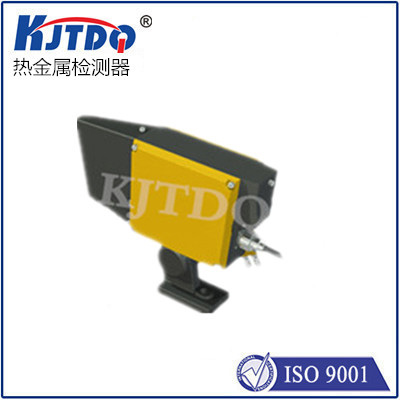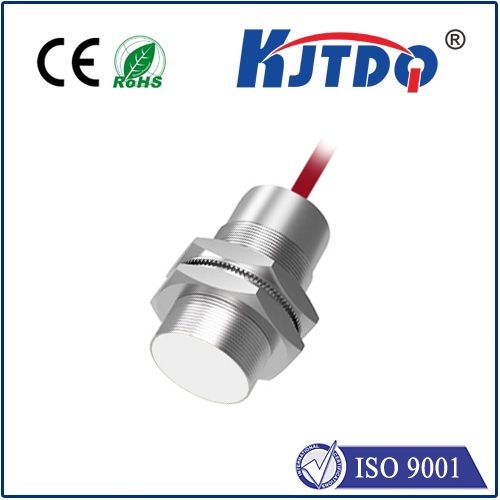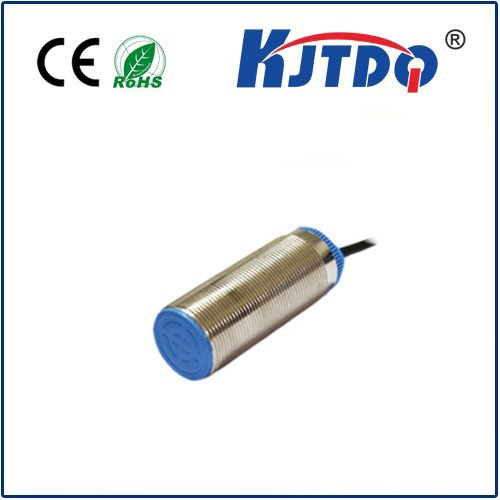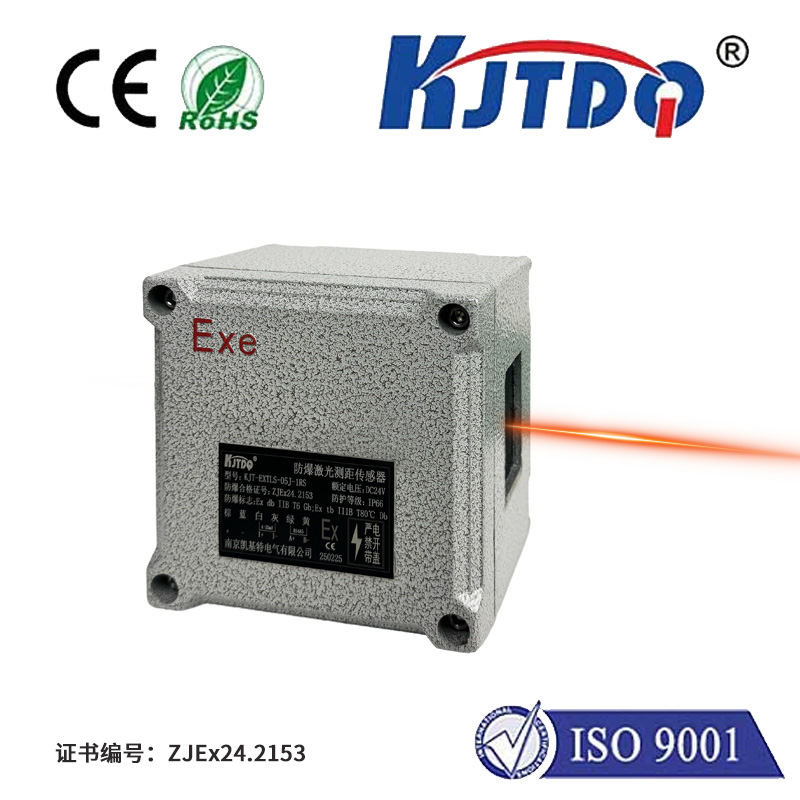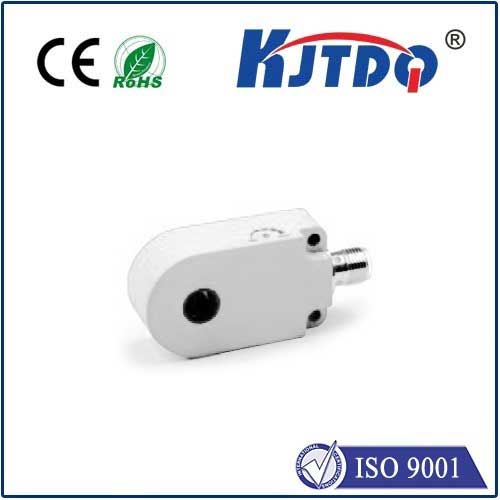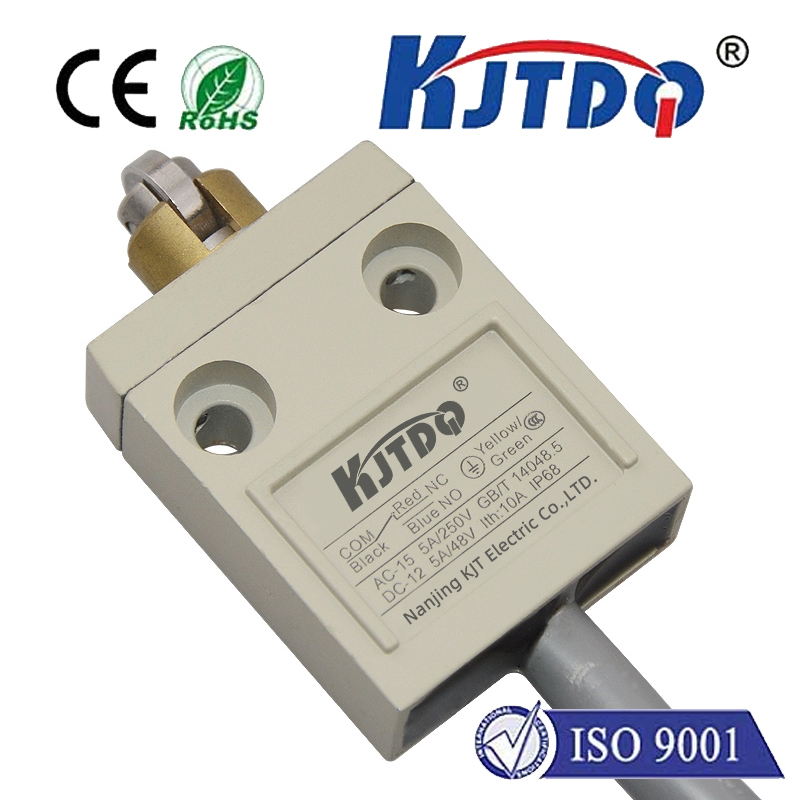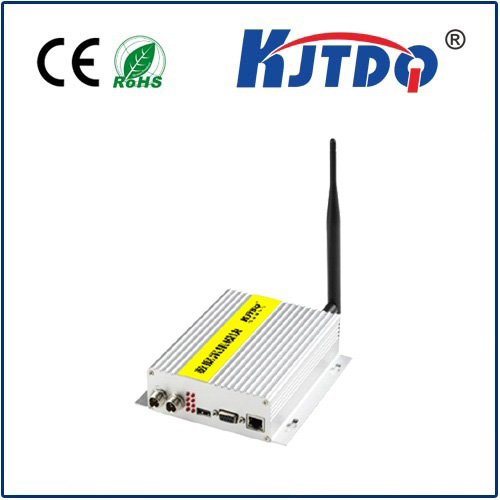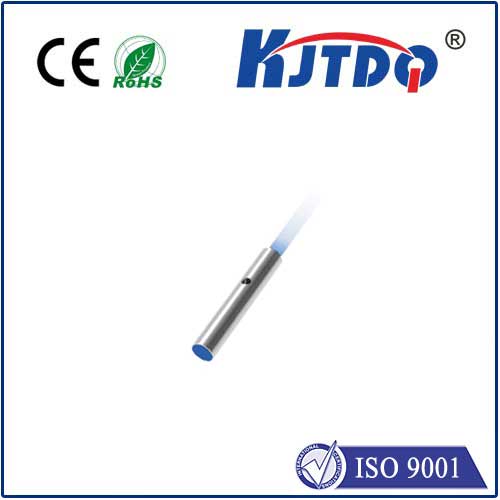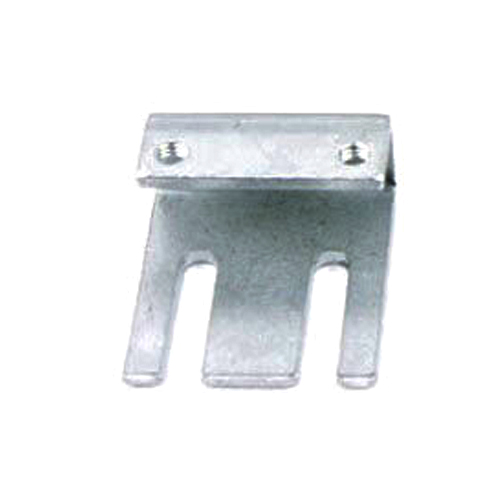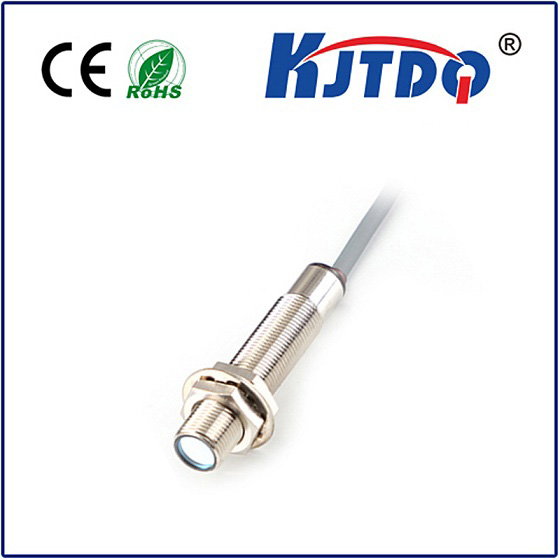

check

check

check

check
Imagine working in a factory where machines hum under crushing pressures, and a single misstep could spell disaster. That’s the reality in industries like oil drilling or heavy manufacturing, where detecting object proximity without physical contact isn’t just convenient—it’s a lifesaver. Enter the BES05N9 high pressure proximity sensor, a marvel of modern engineering that transforms how we safeguard operations in the most demanding environments. Unlike standard sensors, this powerhouse thrives where high pressures and harsh conditions reign, ensuring precision and reliability that keeps workflows humming and accidents at bay.
At its core, the BES05N9 high pressure proximity sensor operates on inductive principles, excelling in environments with pressures up to 500 bar or higher. It functions by generating an electromagnetic field; when a metal object enters this field, it disrupts the current, triggering a signal without any physical touch. This non-contact approach minimizes wear and tear, extending the sensor’s lifespan even in abrasive settings. What sets the BES05N9 apart is its ruggedized design—built with stainless-steel housing and advanced sealing techniques, it withstands contaminants like dirt, oil, and moisture, common in hydraulic systems or underwater applications. Ordinary proximity sensors often fail under such stress, but the BES05N9’s robust construction ensures consistent performance, making it a go-to choice for engineers prioritizing durability and accuracy.

The key advantages of integrating this sensor into your setup are manifold. First, its high-pressure tolerance eliminates risks of false alarms or shutdowns, crucial when detecting machinery parts in compressors or pumps. Second, it delivers ultra-fast response times, often under 1 millisecond, enabling real-time monitoring that prevents costly downtimes. Third, the BES05N9 boasts exceptional precision, with detection ranges customizable from a few millimeters to several centimeters, allowing flexible installation in tight spaces like engine compartments or assembly lines. Plus, its energy-efficient design reduces operational costs, supporting sustainability goals without compromising output. These features culminate in a device that not only enhances safety but also drives efficiency gains across the board—think fewer maintenance cycles and higher productivity rates.
Diving into applications, the BES05N9 high pressure proximity sensor shines in sectors where safety and precision are non-negotiable. In the automotive industry, for instance, it monitors robotic arms on assembly lines, detecting components under high-pressure hydraulic systems to prevent collisions and ensure smooth operations. Similarly, in oil and gas exploration, it serves as a guardian in drilling rigs, sensing equipment proximity in deep-sea environments to avert blowouts or leaks. The manufacturing realm benefits too, where it integrates into press machines to detect material positions, reducing waste and boosting throughput. Even renewable energy setups, like hydroelectric plants, rely on this sensor to track turbine movements under immense water pressures. By providing reliable data without human intervention, the BES05N9 mitigates hazards and streamlines processes, proving its worth as a versatile, indispensable tool.
When compared to standard proximity sensors, the BES05N9’s superiority becomes clear. Traditional models falter in high-pressure scenarios due to inferior sealing or material weaknesses, leading to frequent failures. In contrast, this sensor’s specialized build handles extreme conditions easily, offering longer service life and reduced replacement needs. For example, while a basic inductive sensor might succumb to corrosion in marine applications, the BES05N9’s corrosion-resistant elements maintain peak performance. Its smart calibration options also allow for easy integration with existing control systems like PLCs or IoT networks, facilitating seamless upgrades without overhauling infrastructure. This edge makes it a cost-effective investment, particularly for upgrades in aging facilities.
Implementing the BES05N9 requires attention to best practices for optimal results. Start by selecting the right mounting position—away from direct heat sources or vibrations—to avoid signal interference. Calibration should involve testing detection distances under simulated pressures to fine-tune sensitivity, ensuring accurate readings from day one. Regular maintenance is straightforward; a simple wipe-down with non-abrasive cleaners keeps its surface clear, and annual checks on electrical connections prevent connectivity issues. These steps maximize the sensor’s longevity, supporting years of trouble-free service.
In essence, embracing innovations like the BES05N9 high pressure proximity sensor isn’t just about adopting new tech—it’s about elevating industrial safety to unprecedented levels. As industries push boundaries with higher pressures and complex machinery, this sensor stands as a beacon of reliability. Its impact ripples through enhanced productivity and reduced risks, proving that in the quest for smarter, safer workplaces, precision detection is key.
